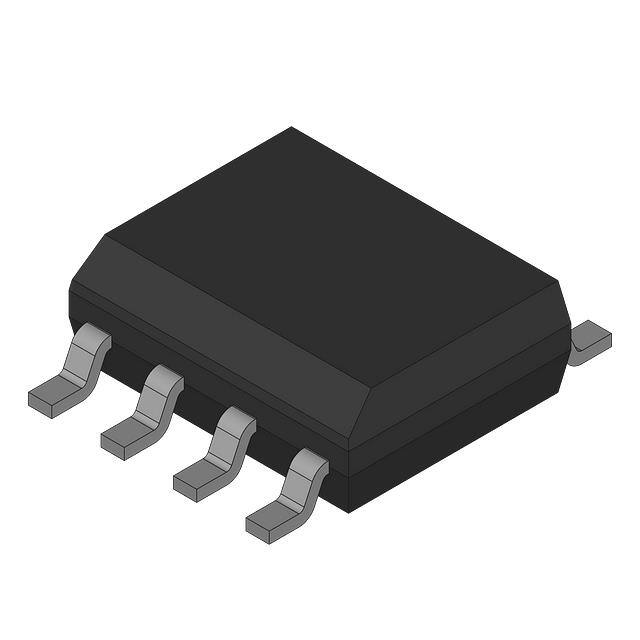Calculate the primary and secondary sides of the transformer
How to Calculate the size of Circuit breaker and fuse
Transformer Primary and Secondary side:
Sizing circuit breakers and fuses for transformers involves considering the transformer's primary and secondary currents, as well as the applicable safety factors.
Calculating the sizes of circuit breakers and fuses for the primary and secondary sides of a transformer involves the following steps:

4. Choose Device Model
Based on the calculated rated current, select suitable circuit breakers or fuses, ensuring their rated current exceeds the calculated values.
5. Consider Additional Protection Features
Check the short-circuit protection capacity and overload protection characteristics to ensure compliance with safety standards.
Example
Let’s consider a transformer rated at 100kVA with a primary voltage of 10kV and a secondary voltage of 400V.

4. Choose Device Model
- Primary Side: Select a circuit breaker or fuse with a rated current of at least 8A.
- Secondary Side: Select a circuit breaker or fuse with a rated current of at least 200A.
5. Consider Additional Protection Features
Ensure the selected circuit breaker or fuse has sufficient short-circuit protection capacity (e.g., 10kA) and complies with relevant standards.
Summary
In this example, the primary side requires a protection device rated at least 8A, while the secondary side requires one rated at least 200A. This process ensures the safe operation of the transformer.


